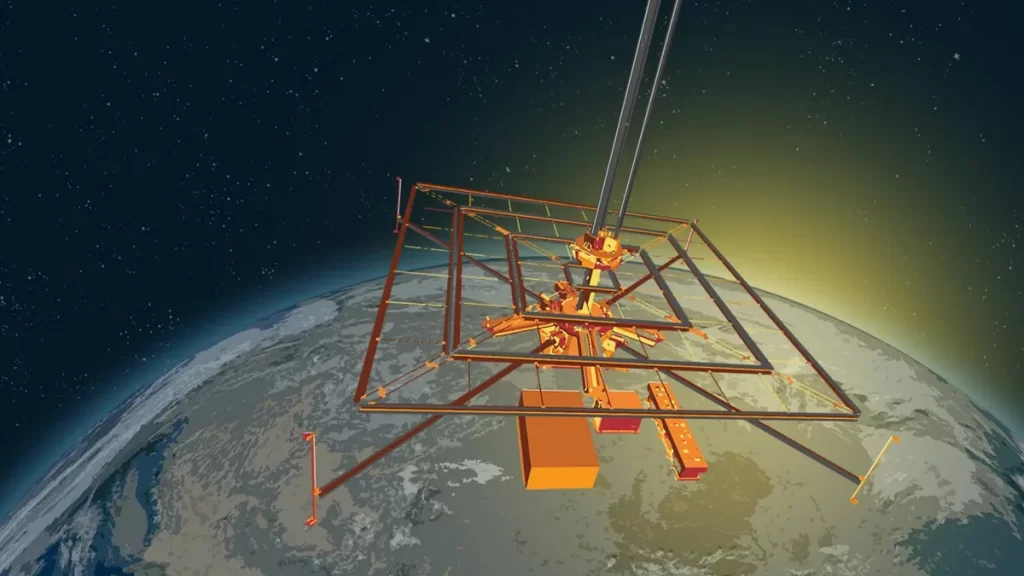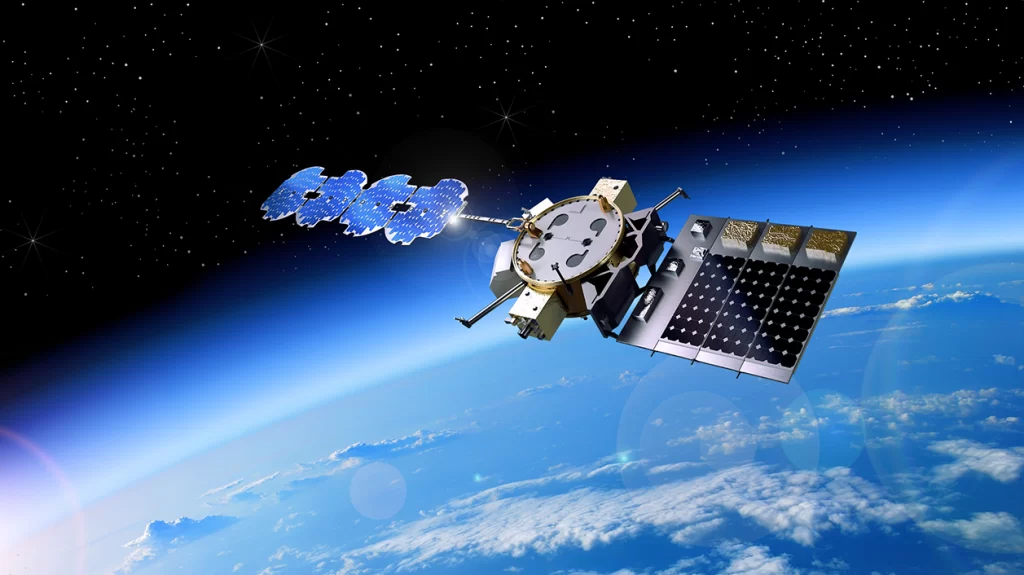Right now, harnessing the power of the sun is all the rage. At the end of 2022, US scientists unveiled a nuclear fusion breakthrough that might power the planet in a few decades with a clean, renewable and practically limitless energy source.
In actuality, we’ve been harnessing the sun’s energy more indirectly for decades. Solar panels can turn the sun’s beams into electricity here on Earth while emitting no damaging greenhouse gases into the atmosphere. The sole disadvantage is that those panels cannot provide a constant supply. Cloudy days prevent sunlight from reaching the Earth. The sun, of course, does not shine at night.

The launch, currently slated for early January, represents a major milestone in the project and promises to make what was once science fiction a reality. When fully realized, SSPP will deploy a constellation of modular spacecraft that collect sunlight, transform it into electricity, and then wirelessly transmit that electricity over long distances wherever it is needed—including to places that currently have no access to reliable power.
“We plan to command the deployment of DOLCE within days of getting access to SSPD from Momentus.” “We should know right away if DOLCE works,” said Sergio Pellegrino, a civil engineer at Caltech and co-director of the SSPD, in a press release.

However, space solar is not a quick remedy for the climate challenge. We already have solar power technology and methods for storing energy when the sun does not shine on Earth. There are also concerns about installing power stations in an already crowded orbit, as well as the total cost of the project. However, space-based solar might offer energy to areas of the world that do not currently have access to reliable power and provide a clean source of energy to power the earth day and night.
The Falcon 9 launch is now set for 6:56 a.m. PT on Tuesday, Jan. 3. The launch may be watched live on SpaceX’s YouTube site.


